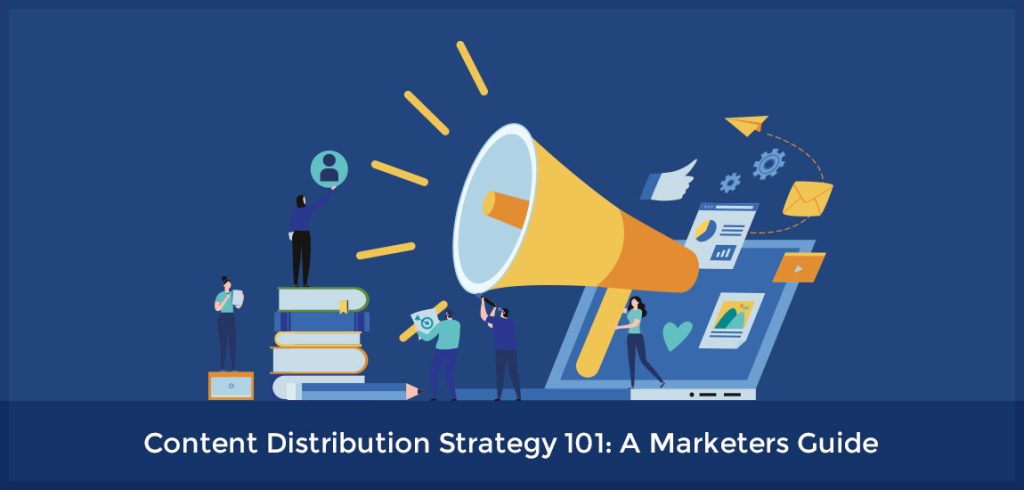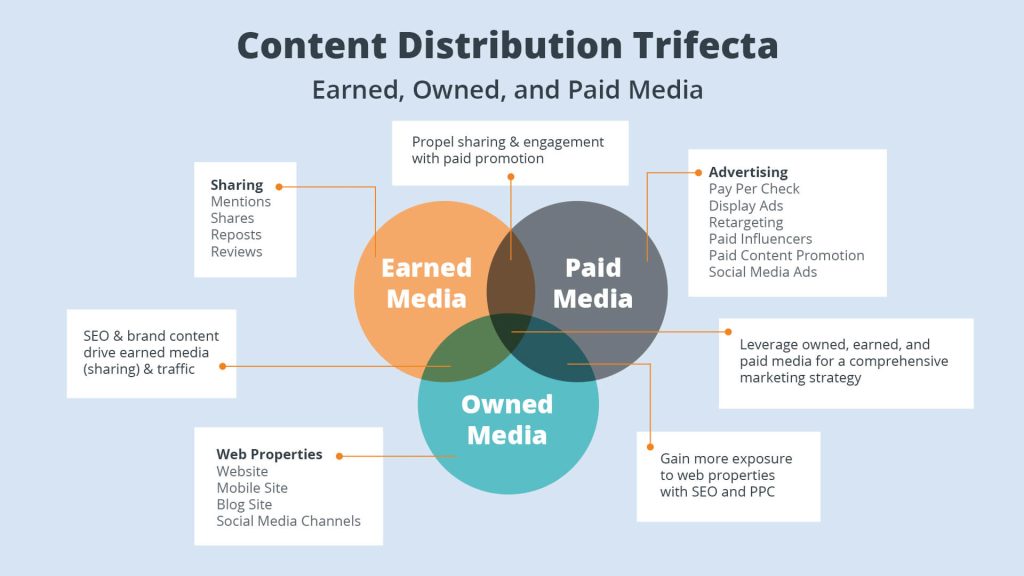In the world of digital marketing, content distribution emerges as a pivotal strategy, wielding the power to amplify the reach and impact of digital content. This comprehensive post delves into the multifaceted aspects of content dissemination, exploring its significance, key channels, and strategic considerations.
A Strategic Imperative
At its core, content distribution encompasses the deliberate and strategic sharing of digital content across diverse online channels. This strategic imperative aims to optimize visibility, accessibility, and engagement for various content assets, ranging from articles and blog posts to multimedia elements like videos and infographics.
BPJS88
Content Amplification:
The fundamental purpose of content propagation is to amplify the visibility of digital content. By strategically placing content in channels where the target audience frequents, businesses can significantly increase the likelihood of their content being discovered.
BPJS88
Accessibility Optimization:
Content broadcast goes beyond creating content; it’s about making content easily accessible to the intended audience. Leveraging various channels ensures that content reaches audiences across different online spaces.

The Role of Content Dissemination in Digital Marketing
In the context of digital marketing, content dissemination plays a central role in achieving marketing objectives. Whether the goal is to enhance brand visibility, generate leads, or foster customer loyalty, effective content delivery acts as a catalyst, ensuring that valuable content resonates with the intended audience.
Brand Visibility:
Content outreach is a key driver for enhancing brand visibility. By strategically placing content in channels aligned with the brand’s identity, businesses can create a consistent and recognizable online presence.
Lead Generation:
Content distributed strategically serves as a lead generation tool. When content addresses the needs and interests of the target audience, it can attract potential customers and guide them through the sales funnel.
Customer Loyalty:
Consistent and valuable content sharing fosters customer loyalty. Regular engagement through informative content helps build a relationship between the brand and its audience, leading to long-term customer retention.
Key Channels
Social Media Platforms:
Leveraging the vast user bases of platforms like Facebook, Twitter, LinkedIn, and Instagram, social media remains a cornerstone of content spread. Strategic posting, targeted advertising, and community engagement contribute to reaching and captivating diverse audiences.
Email Newsletters:
Email remains a direct and personal communication channel. Content outreach through newsletters enables businesses to nurture relationships, provide valuable insights, and drive traffic to their digital assets.
Content Syndication Networks:
Collaborating with content syndication networks allows content creators to share their work across a network of websites, reaching broader audiences and enhancing brand exposure.
Influencer Collaborations:
Partnering with influencers in a niche amplifies content propagation by tapping into the influencer’s established audience. This strategic alliance leverages the influencer’s credibility and extends content reach.

Strategic Considerations in Content Sharing
Audience Analysis:
Tailoring content disseminating strategies to align with the preferences, behaviors, and demographics of the target audience ensures maximum resonance and engagement.
- Persona Development:
Understanding buyer personas is essential for effective content outreach. Creating detailed personas helps in crafting content that directly addresses the needs and interests of the audience.
- Segmentation Strategies:
Implementing segmentation strategies ensures that content is delivered to specific audience segments based on factors like demographics, location, or behavior, increasing the relevance of the content.
Diversification of Channels:
A successful content distribution strategy involves diversifying across channels to mitigate reliance on a single platform. This approach optimizes reach and minimizes the risk of missing out on valuable audience segments.
- Channel Selection:
Choosing the right channels is crucial for effective content outreach. Factors like the type of content, target audience, and industry trends influence the selection of channels for distribution.
- Cross-Channel Integration:
Integrating different channels creates a cohesive content-delivering strategy. For example, sharing content on social media and following up with email newsletters can reinforce the message across platforms.
Consistency and Timing:
Maintaining a consistent distribution schedule and identifying optimal posting times contribute to sustained engagement. Strategic timing enhances the likelihood of content reaching the target audience when they are most receptive.
- Editorial Calendar Implementation:
Creating and adhering to an editorial calendar ensures a consistent flow of content outreach. This planning tool helps in organizing content releases and preventing gaps or inconsistencies.
- Seasonal Relevance:
Timing content broadcast to align with seasonal events, trends, or industry-specific occurrences enhances the relevance of the content. This proactive approach capitalizes on timely opportunities.
Content distribution is an indispensable component of digital marketing, navigating the intricacies of the digital ecosystem. By understanding its strategic importance, exploring key channels, and adopting thoughtful approaches, businesses can harness the full potential of content dissemination, amplifying their online presence and achieving meaningful connections with their audience.
